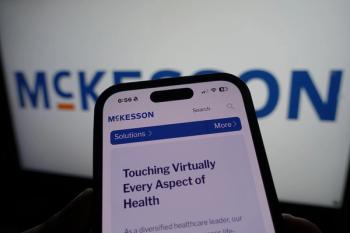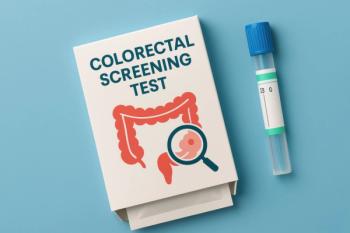
Dr Steven Deitelzweig: Identifying Patients With Atrial Fibrillation Using a Detection Device

Steven Deitelzweig, MD, system chairman of hospital medicine at Ochsner Clinical School, professor of medicine at the University of Queensland, discusses key findings from a recent study on the accuracy of atrial fibrillation detection devices.
It seems that atrial fibrillation seems to be an under-treated condition in the real-world, says Steven Deitelzweig, MD, system chairman of hospital medicine at Ochsner Clinical School, professor of medicine at the University of Queensland.
Transcript
What were the main findings of your study on atrial fibrillation and personal electrocardiogram devices?
That’s interesting because a lot of folks are now activated to use these ECG [electrocardiogram] devices. And it's one thing to have a signal, but does that signal translate into real diagnosis of atrial fibrillation and does that translate into treatment, which would translate to prevention of the complications of, most notably, stroke or systemic embolism?
And what we did find was that increased risk with increasing age for detection signal in atrial fibrillation, but patients were motivated to go back and visit with their doctor and then have the 12-lead EKG [electrocardiogram] done in the office to see if it's been verified. And then, look to whether or not anticoagulation treatment is appropriate with a blood thinner, like Eliquis (apixaban) or another DOAC [direct oral anticoagulant].
Only about a third of the patients, unfortunately, received treatment after having the diagnosis of atrial fibrillation in the year period for the study. I don't know what happens later on. Hopefully, it’s appropriate they start treatment, or maybe there's some other reasons why the patient and the clinician decide not to start anticoagulation at that time. But that's not inconsistent with other work that we've done to see in the real world of how often people get treated; regrettably, it non–valvular atrial fibrillation seems to be an under-treated condition.
This was not about monitoring people who have atrial fibrillation, this was all about ticketing atrial fibrillation from a signal, and that was the index case for how we started the clock. From the beginning, we see if they have a signal, and then from the signal if they get a diagnosis, and then see how that goes with treatment.
This has nothing to do with monitoring once they are on a treatment or diagnosed. In fact, we excluded those patients—if they're on a DOAC or if they already had atrial fibrillation. We wanted to be very focused on the detection side of this analysis.
This transcript has been lightly edited for clarity.
Newsletter
Stay ahead of policy, cost, and value—subscribe to AJMC for expert insights at the intersection of clinical care and health economics.













































